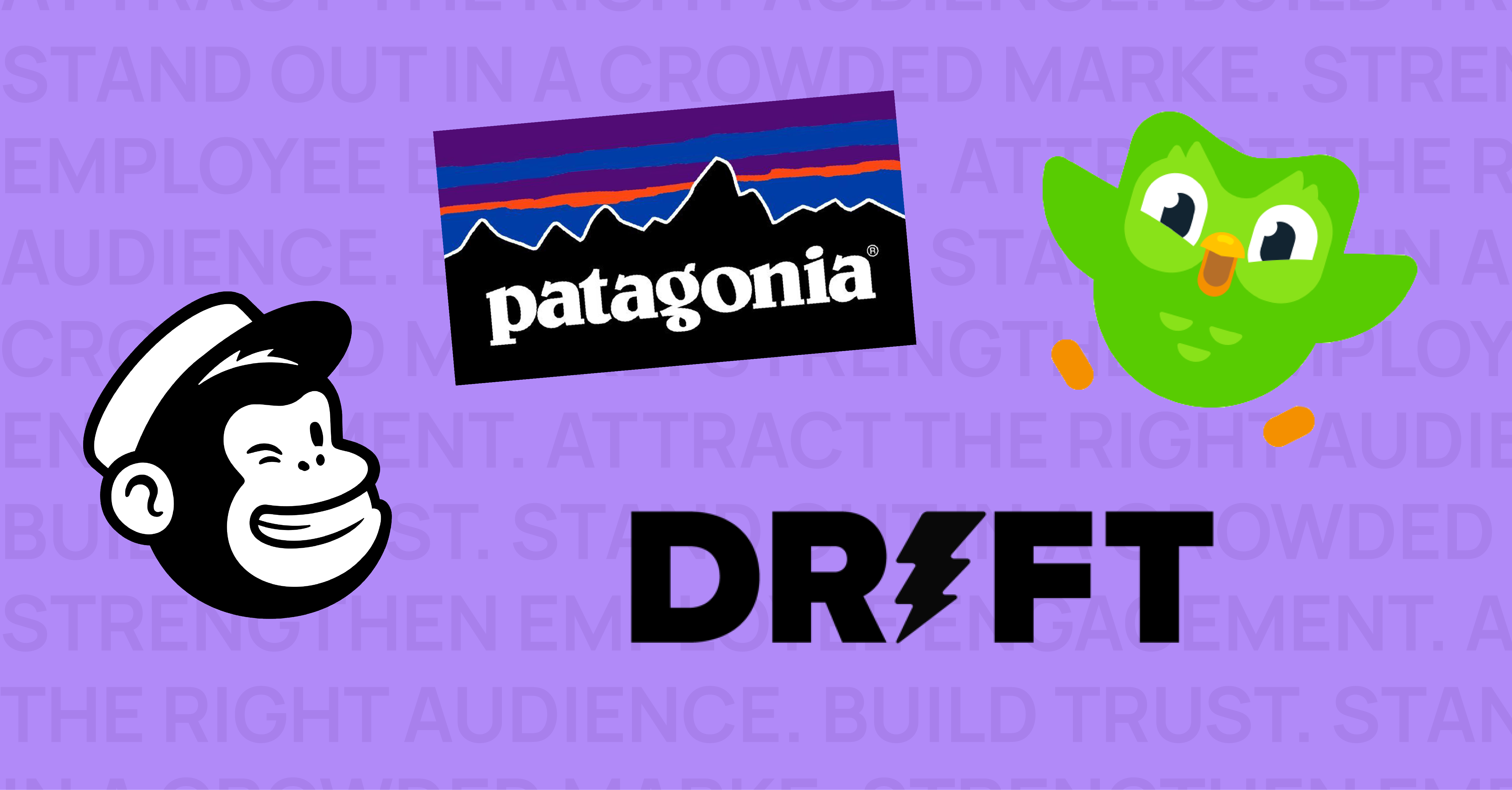Account-based marketing (ABM) was first introduced in 1993 by Don Peppers and Martha Rogers in their trendsetting book, The One to One Future, in which they foretold the future of B2B marketing. Specifically, they said that B2B marketing would target individual companies with individualized messaging.
What Is Account-Based Marketing?
In ABM, marketing and sales teams collaborate to identify key accounts and develop targeted campaigns. This outreach leverages customized materials and experiences. It’s the difference between marketing to every business and marketing to one business at a time. ABM can include personalized email newsletters, “VIP” invitations to dinners and events, customized gifts and swag, and individualized follow-up after events. ABM can also take on a thought leadership tone. For example, a case study, blog, or video interview featuring a business that closely mirrors the prospect can demonstrate relatable success. ABM is smart and effective, and there’s a lot of evidence that it works. Plus, advancements in marketing technology have made execution of niche targeting more attainable and practical.
Lots of researchers and marketers espouse the virtues of ABM. I’m not here to debate them. For today’s purposes, we can trust their evidence:
- In 2023, 94% of marketers described ABM as very important or extremely important to their business objectives.
- In 2020, 76% of B2B marketers who used ABM saw increased ROI compared to other marketing techniques.
- In 2023, 87% of marketers reported that their ABM initiatives outperformed other marketing investments.
Today’s question isn’t “Does ABM work?”, but rather, “Does it work for us?”. The answer is maybe. But I know a lot of businesses that say they’re doing ABM and, in reality, aren’t. One of the prime tenets of ABM is personalization and customization. Doing that—at scale, across your prospect pool—is difficult. It requires significant time, energy, patience, and resources. In most cases, companies think they’re doing ABM, but they’re not. It’s more of a dream than a reality.
“Imagine the world of account-based marketing, where you start the sales process by selling directly to your best-fit, highest-value accounts,” writes HubSpot.
I can imagine that beautiful place. I can also see a different world—a world in which a business doesn’t know who their best-fit prospect is or where their highest-value accounts will come from. That doesn’t mean something is wrong with the business. It means they just haven’t ironed out those details yet. That’s natural and normal. The business could be in the early stages of commercialization. Or it could be launching a new product or service. Or it’s still in discovery mode. There are a slew of other valid reasons why this may be the case.
True ABM requires a deep bench with diverse marketing skills at your disposal, and deep pockets. It’s like a lot of things in life: there are the haves and the have-nots. In the case of ABM, most businesses fall into the have-not bucket. They want it, but they can’t have it. There’s often no reason why businesses can’t have ABM. They might lack the resources, people power, or budget to execute an ABM campaign. Or they don’t have the data or success stories that answer the burning questions for one business. Again, as above, businesses should not view these as deficits or problems. They are neither of those things. They are simply realities to be managed.
For the 1%, ABM is great. We’re here for the other 99%.
Realism: Cohort-Based Marketing
Cohort-based marketing (CBM), an alternative to ABM, represents a more practical, realistic, and effective approach to marketing. It’s a term we’ve been using, and as we’ve been deploying it with clients, we find it strikes the right balance between “generic marketing” and “one-to-one ABM marketing.” The approach is the same between ABM and CBM; the execution differs in that we’re marketing to a group of look-alike businesses as a cohort:
- ABM Campaign: “Hey Coca-Cola, look at these great things we did to help improve Pepsi’s supply chain logistics. We think we can help you too.”
- CBM Campaign: “Hey Beverage Industry, look at these great things we did to help improve Pepsi’s supple chain logistics. We think we can help you too.”
The challenge with ABM is that you’re tasked with developing custom pieces for nearly every outreach and touchpoint to a prospect. That can generate a lot of work for your marketing and sales teams. With CBM, however, marketing and sales can collaborate to build meaningful, thoughtful, and effective cohorts. In building cohorts, your team will want to consider: Who belongs in each cohort? Who doesn’t? Why are we grouping the cohorts in this way? And many more questions.
With ABM, it’s all about building the perfect asset that will resonate with a single business target. For CBM, the team’s effort will be spent by looking at the market more holistically. When building cohorts, you are looking to find where and how the marketing and sales conversations will differ by prospect. For example, does that industry your prospect is in matter? Does the size of your prospect’s organization matter? Does their geographic location or territory change how you would sell or support their business? Does the individual persona within the prospect change the conversation or sales process? These are just a few of the myriad questions to consider.
Knowing that the list of questions is seemingly endless, the goal is to work backward and ask yourself: Realistically, how many cohort-based marketing campaigns can we support? Can we run multiple campaigns simultaneously? Or should we pick one very strong cohort (i.e., ideal target prospects), launch a single campaign, and then measure its performance before running additional campaigns?
Just as experimentation was prevalent when ABM first launched, trial and error is important in today’s world of CBM.
Intrigued by CBM but not sure what to do next? Reach out to our team. Let’s start a conversation.



